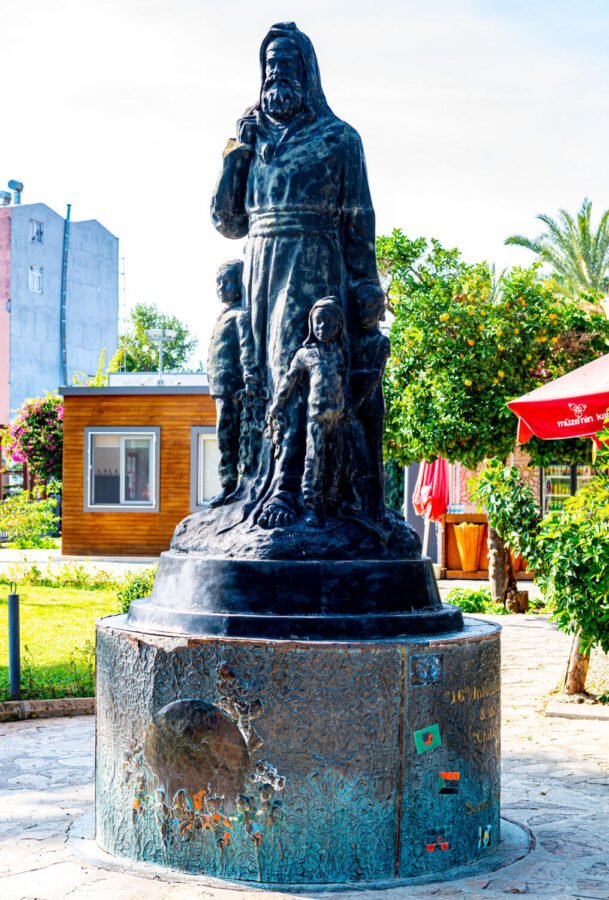History of Christmas
Day 11 of 12 Days of Stories
Celebrated annually by over 400 million people across the world, Christmas is the largest holiday. Santa, presents, decorations, and weeks off school always come to mind when someone thinks about Christmas, but how did this tradition start? When did Christmas shift from a religious celebration into a commercialized holiday celebrated by all religions and cultures?
The first Christmas
According to Brittanica, the first Christmas was celebrated in Rome during the fourth-century reign of Constantine, the first Christian emperor of Rome, who tried to distance the empire from the pagan holiday, Saturnalia, happening at the same time. The Romans honored their sun god, Mithra, on December 25th with loud and celebratory parties, decorated pine trees, and gifts to honor the god. As Christianity spread through Europe, paganism still controlled most of the holidays and traditions. Instead of stopping the tradition of honoring Mithra, Christians began adopting it into their own holiday honoring the birth of Jesus on the same day.
The origin of Santa Claus
Unlike the celebration of Christmas, Santa Claus has Christian roots. Saint Nicholas was born in 270 AD in Turkey and lived his life devoted to donating his wealth and possessions to the poor, especially orphaned children. The feast day of Saint Nicholas is celebrated in the Catholic Church on December 6th; he is the patron saint of children. Stories of Saint Nicholas’ generosity passed through generations, and different cultures. In the Netherlands, Catholic families started the tradition of putting sweets, oranges, and small items in children’s shoes to honor the feast day of Saint Nicholas. As Dutch families migrated to America, their celebration spread. They referred to him as Sinteklass, and when translated by the English it became Santa Claus.
Christmas presents
Presents underneath the tree is also a religious tradition dating back to the birth of Jesus. In Christianity, three wise men brought gifts to honor the birth of Jesus. He did not receive a new phone or a pair of sneakers for his birthday; the three wise men brought Jesus gold, frankincense, and myrrh. Modern day gift giving began with Christians buying three small gifts for family and friends. The Dutch also contributed to the origins of presents with their tradition of Saint Nicholas’ feast day. Over time Dutch and Christian traditions mixed, which is how stocking stuffers and presents under the tree became common. The amount of presents received on Christmas has generally increased over the years due to corporate marketing and a larger economy.
Christmas is a combination of cultures, religions and traditions merged into one. December 25th means something different to every country, faith, and person. Most Americans recognize Christmas through nativity sets, nostalgic movies, the same 20 songs, and presents under a tree, while some other countries have completely different dates or names for Christmas. No matter what or when celebrated, the most practiced tradition of Christmas is spending time with family and friends.

Natalie Colarossi is a senior and an Editor-in-chief for the Broadcaster. Natalie competes for on HHS Women’s Swim Team and enjoys writing, cooking,...


